A culvert is a structure that allows a stream or canal to pass through while allowing water to pass through. Depending on the location, structural capacity, availability of construction materials, etc., the type of culvert to be constructed is selected.
The following materials/types are used in construction.
- In situ concrete
- Precast concrete parts
- steel
- aluminum
- Plastics
Of the materials listed above, cast-in-place or precast concrete culverts are the most common. If there is no heavy equipment, etc., most of the time it can be cast-in-place concrete, as lifting is necessary in the production of precast concrete.
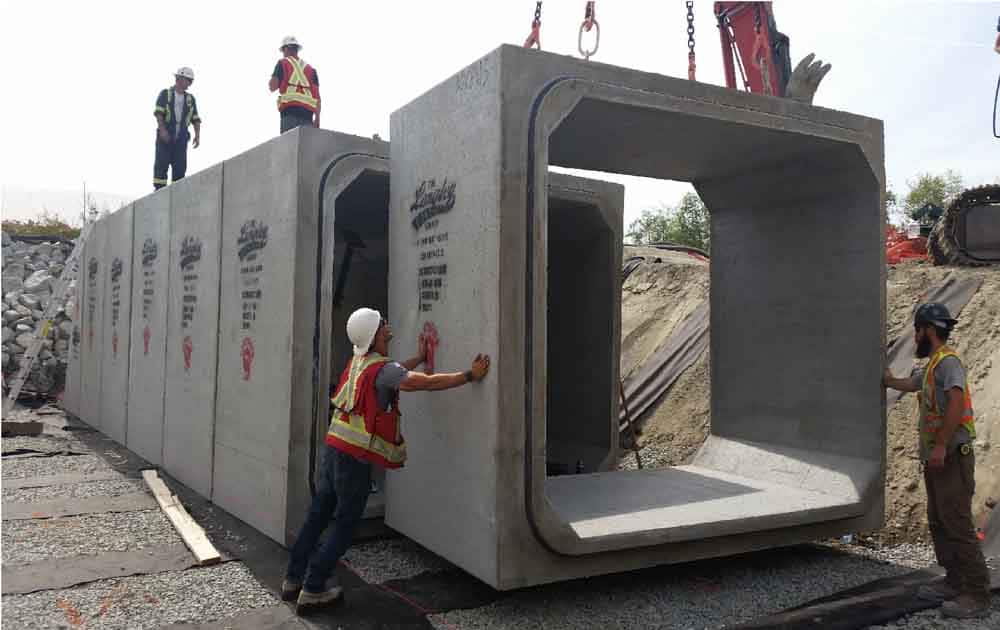
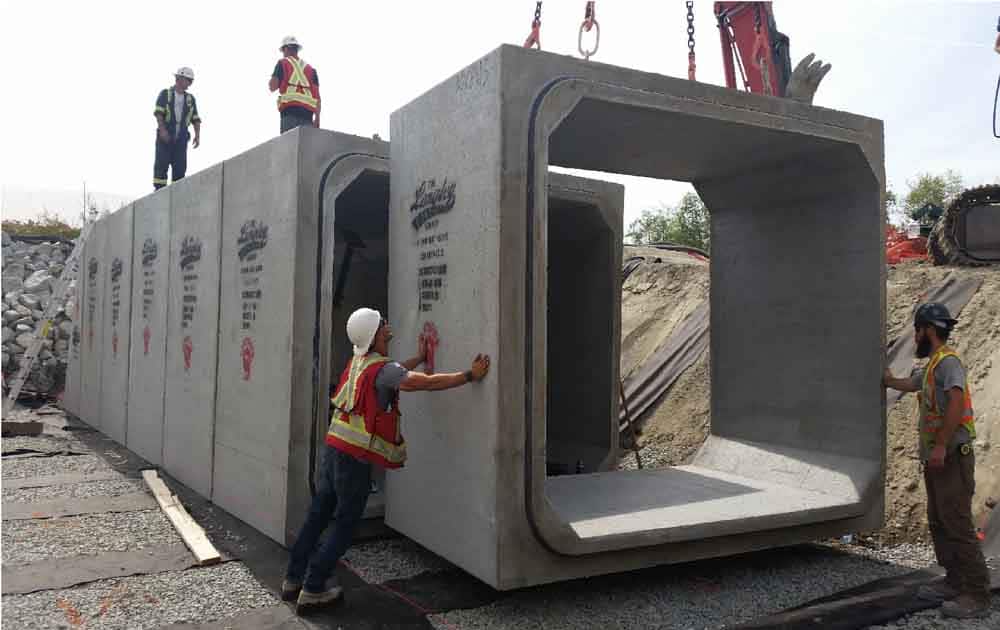
Culverts are constructed when the span of the structure is relatively small or the width of the channel is smaller. Since they are built on soil or improved soil, the condition of the soil must be in good condition or capable of improvement.
Settling problems occur in soft soil conditions.
Types of culverts
Mainly the following types of culverts are constructed to allow water flow and traffic.
- Pipe penetration
- Elbow pass
- Cash passing
- Arched culvert
- Bridge culvert
Let us discuss all types of manholes in detail.
Pipe penetration
Culverts are constructed from culvert pipes. There are specially made pipes that can be used for constructions of this type.
The diameter of the manhole pipe is selected based on the amount of discharge to be conducted through the pipes.
If there are high flows, the number of tubes can be increased.
However, there are limitations with these types of designs, as tubular culverts only allow for a limited amount of drainage. If there is high flow, these structures may not be suitable.
When we lay pipes, the total effective area that allows water to move is limited.
The space between the pipes can be filled with concrete, compacted earth, compacted dust, e.g. B. ABC Material etc. must be filled to allow the movement of vehicles through the tube passage.
Pipes laid for the culvert must be capable of supporting the load of vehicles if there is insufficient clearance between the top edge of the pipe and the roof surface.
If there is sufficient height between the top of the tube and the top of the road, part of the loads acting on the road will be transferred between the tubes by the action of the arch through the compacted soil.
These measurements must be taken into account when designing the pipes and culvert bridge.
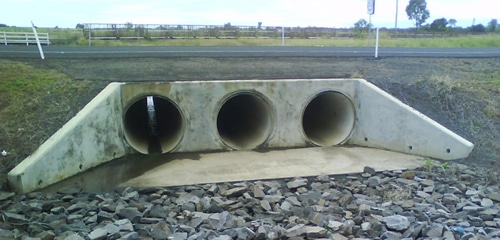
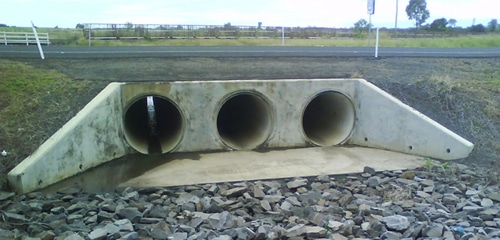
Regardless of whether there is filler or other material between the pipes, the ends of the pipes are usually finished like a concrete bridge. However, there are also cases where the tube is placed without any finishing.
Manhole pipes can be made of concrete, steel or any other material described above.
Elbow pass
A pipe elbow diffuser is a combination of one or more pipe elbows.
They are curves made of tubes that can be concrete or steel.
Most arch culverts transfer loads from the fill and vehicles from the movement of the arch. In these situations, not much load is placed on the bow.
However, this must be decided when designing the tube elbow diffuser.


An arch can be made from a combination of one or two materials. As shown in the figure above, the steel structure is combined with concrete.
Cash passing
The most common type of culvert is the box culvert.
A box culvert is a rectangular reinforced concrete structure made up of single or multiple boxes that allow water flow and traffic.
Depending on the type of structure, the following components are included in a box culvert.
- Top plate
It is the structural element that allows vehicles to circulate. It is a reinforced concrete slab.
Typically, asphalt is applied to the top of the slab to form the continuation of the road.
And the top plate is designed to withstand bending and shear forces generated by applied loads.
- side walls
They support the vertical loads and bending moments caused by the top plate.
- base plate
It serves as the base of the box culvert and is designed to absorb bending and shear forces due to acting loads.
Before the construction of the box culvert, the condition of the soil is checked by Well Investigation . The base plate must be placed on a surface with the necessary load capacity to prevent the culvert from sinking. If the carrying capacity is insufficient, ground improvement may be carried out as recommended by the geotechnical investigation team.
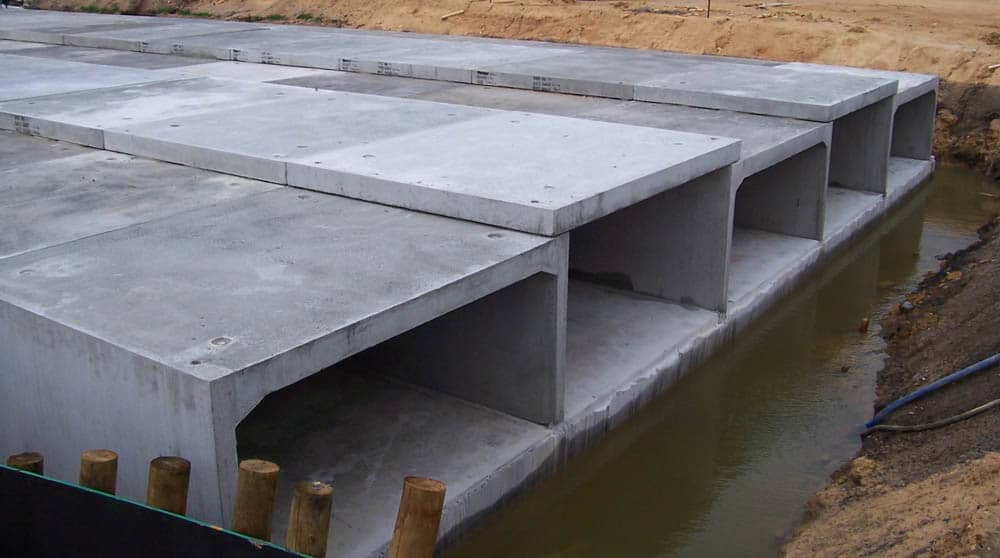

Box culverts can be constructed anywhere if the span and terrain conditions permit. They can be designed for any vertical or lateral load.
Box culverts must be designed for different load combinations because loads occur on all sides of the structure. The following Types of Loads that contain types of lateral Loads must be taken into consideration when planning a box culvert.
- The charges form the vehicle on the top plate. Uniformly distributed loads and point loads due to vehicle movement must be taken into account in the design. The article Types of loads on bridges For more information you can contact us.
- Lateral loads acting from the floor on the walls must be taken into account in the design. Ground pressure due to loads and self-weight must be taken into account when designing with appropriate load combinations.
- The construction of the base plate must be designed to withstand the earth pressure exerted on the base.
All applied loads must be matched to appropriate load combinations.
Arched culvert
As the name suggests, it is an arch and the action of the arch transfers the loads acting on the bridge.
It is the oldest type of culvert, built over canals, streams and even rivers.
One or more arches are combined to form the arched culvert. There are arch bridges built according to the same architecture, but on a large scale. The article different types of bridges For more information, you can refer to the following.


As shown in the figure above, there is a beam element along the curve that supports the loads. The beam can be a brick or concrete beam along the curve that carries the load to the foundation.
Most old arch culverts are masonry structures.
Bridge culvert
Bridge culverts are a further development of box culverts.
If we don't have to build the base, it will be a bridge-type culvert.
If the condition of the floor is not that good, using slabs also doesn't make sense. Additionally, it may be necessary to construct another foundation, for example a driven pile foundation, in situ concrete pile foundations etc., if recommended in the soil test report.


The load application is the same as what we discussed in the box culvert. The bridge must be designed for vertical and horizontal loads.
Passage error
The reasons that may lead to failures are explained below.
- Material defects
Materials like steel are not durable if regular maintenance is not carried out. Steel corrosion is the main cause of failure.
When designing this type of structures, some flexibility is created by increasing the thickness of the tubes. For example: We increase the tube thickness by 1 mm than the project requires. These values may vary from standard to standard.
- erosion
Erosion around culverts or adjacent areas can cause culverts to fail.
As the area around the structure erodes, parts of the structure settle, causing imbalance. The structure may fail.


- Excessive settlement amounts
Excessive settlement may occur if soil conditions are not adequately assessed during design.
Arch-shaped structures are a combination of different materials or actions to resist themselves. Excessive settlement can cause separation of these materials and cause failure of the entire system.
- Excessive loads
Excessive loads on the manhole can lead to failure. Loads may have been incorrectly estimated during the design phase.
In addition, the vehicle may move if there are weight restrictions.

